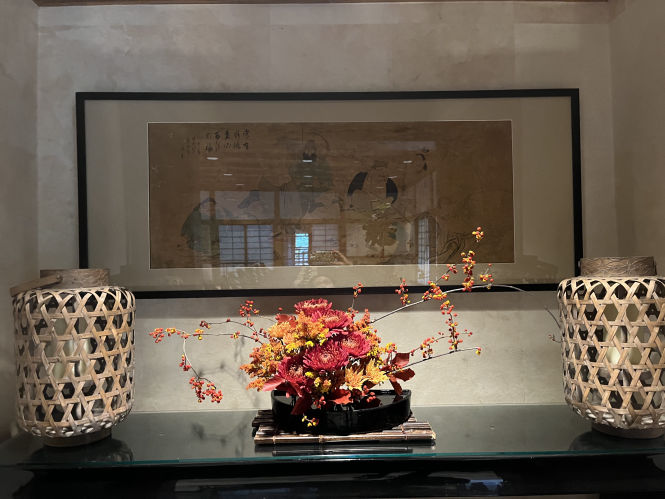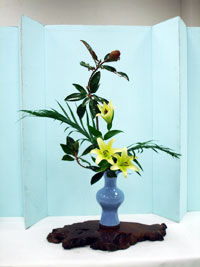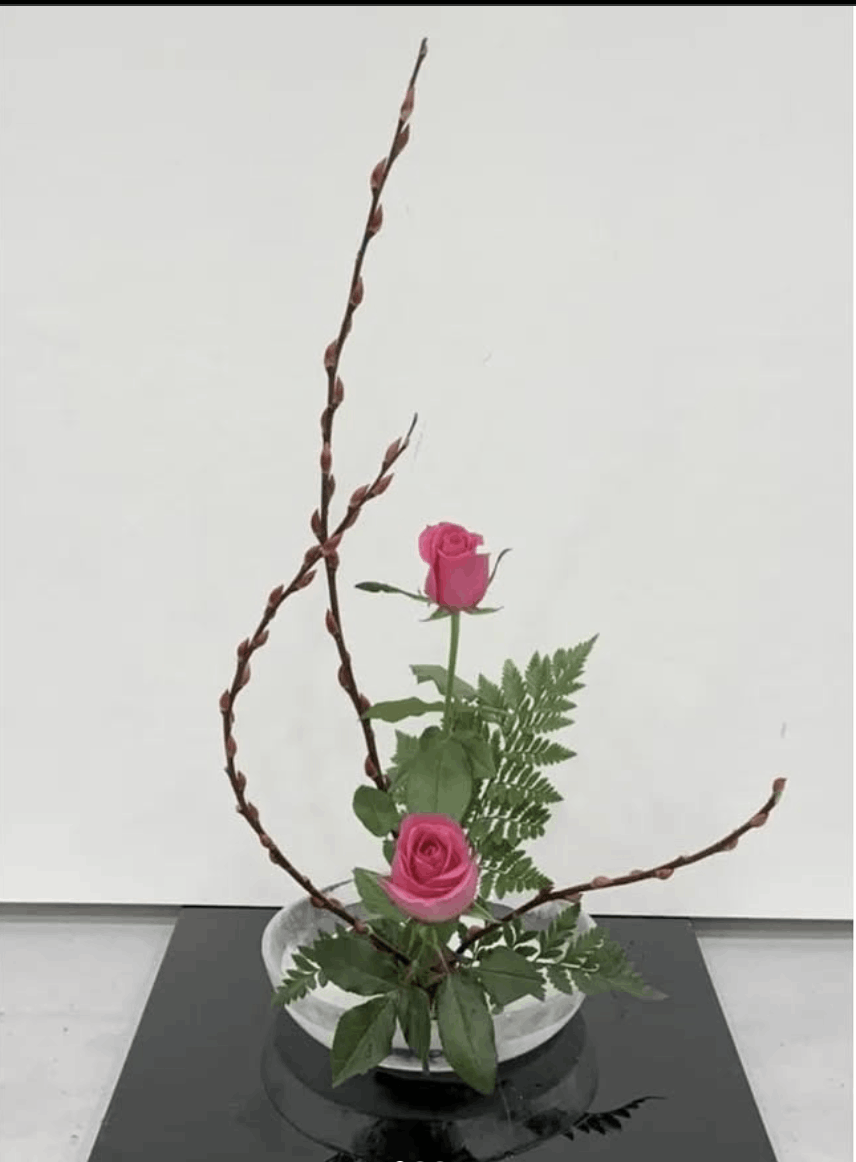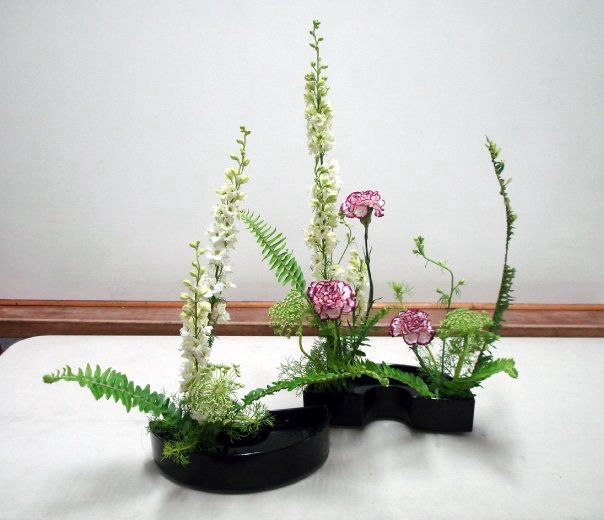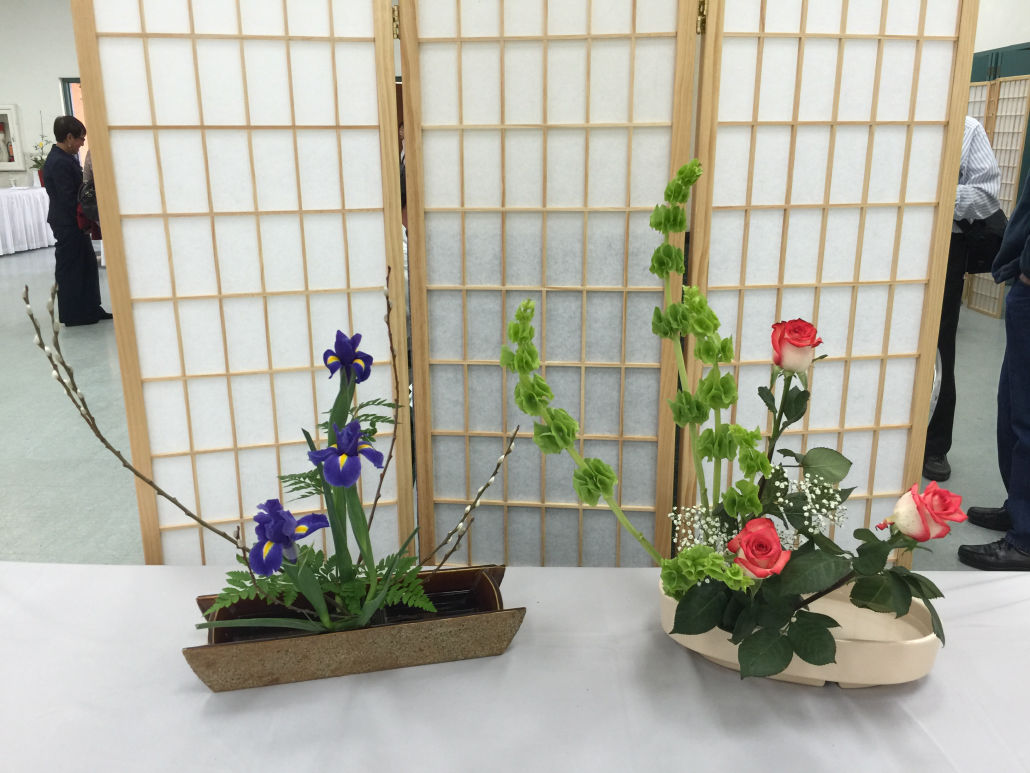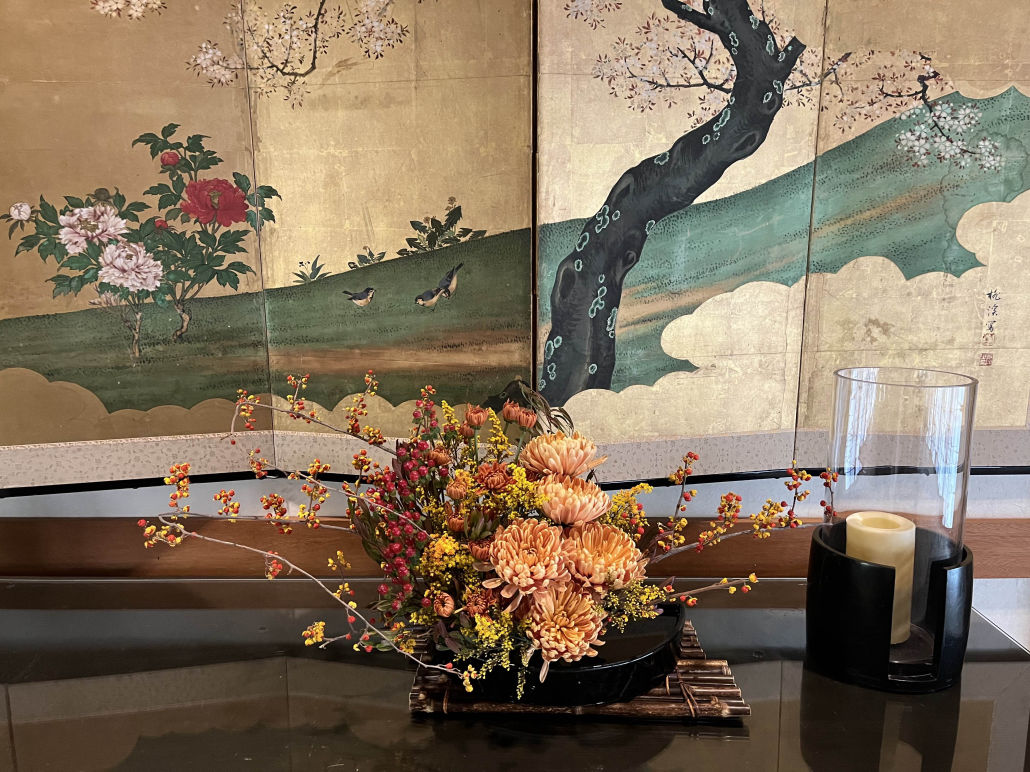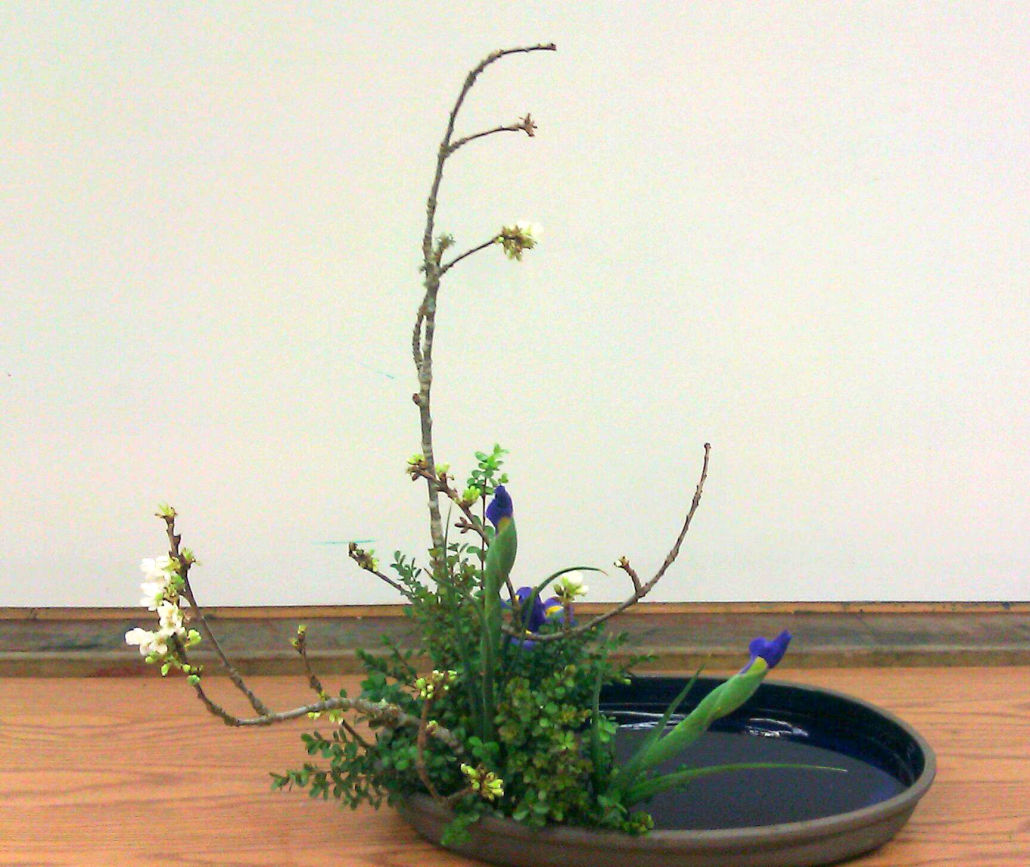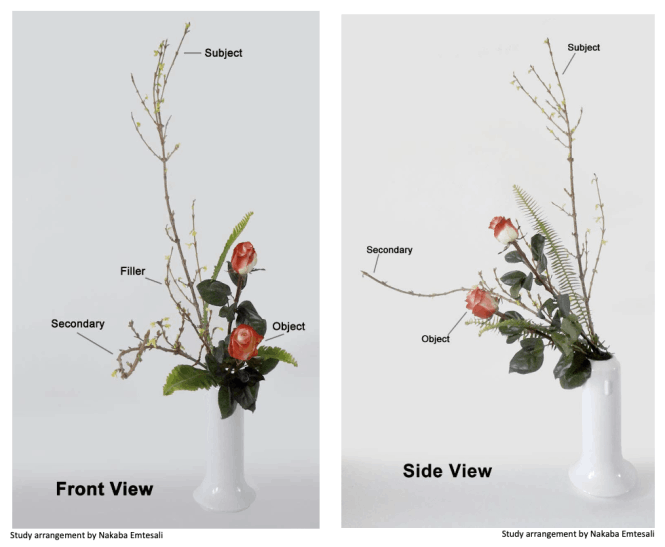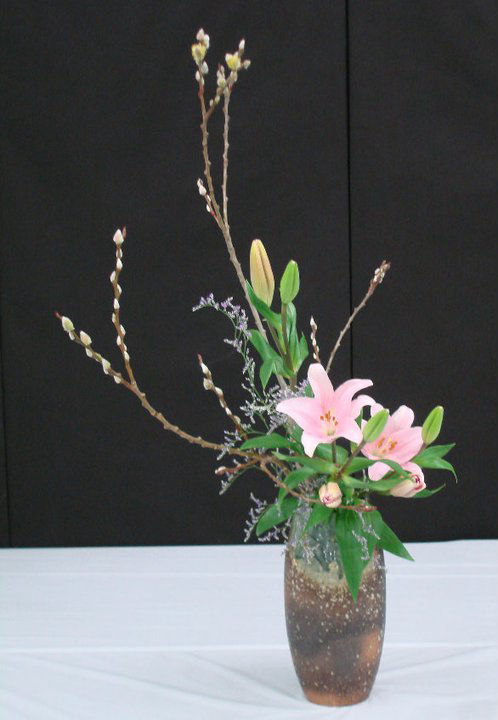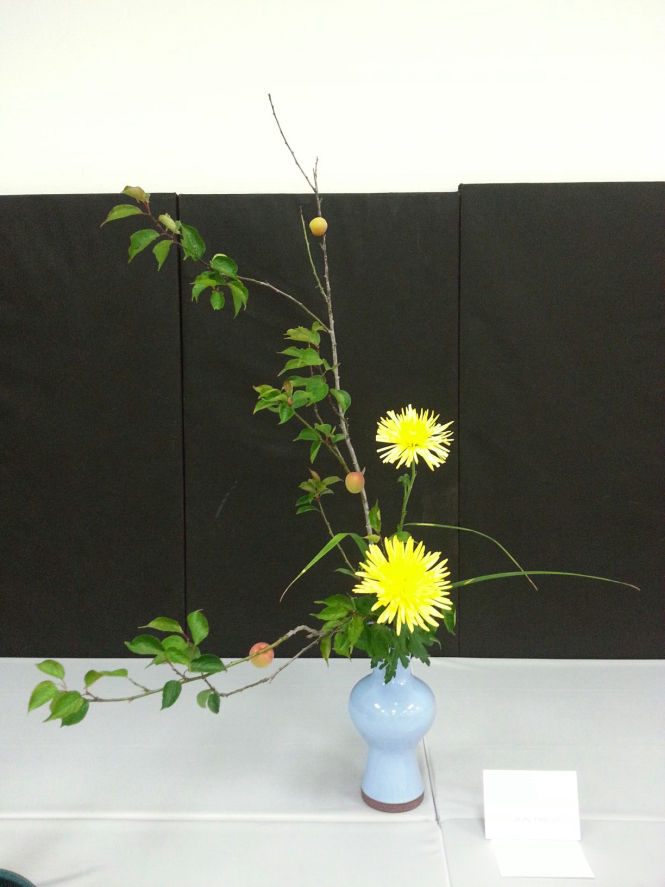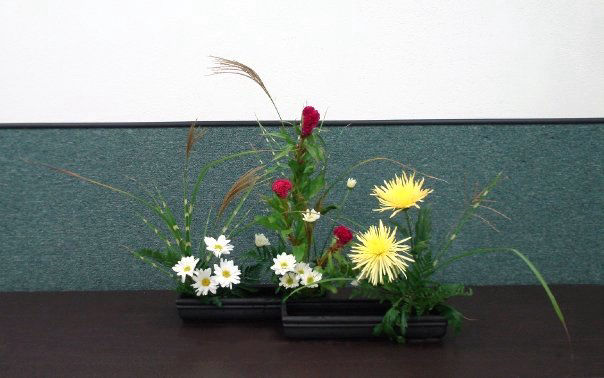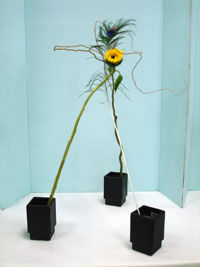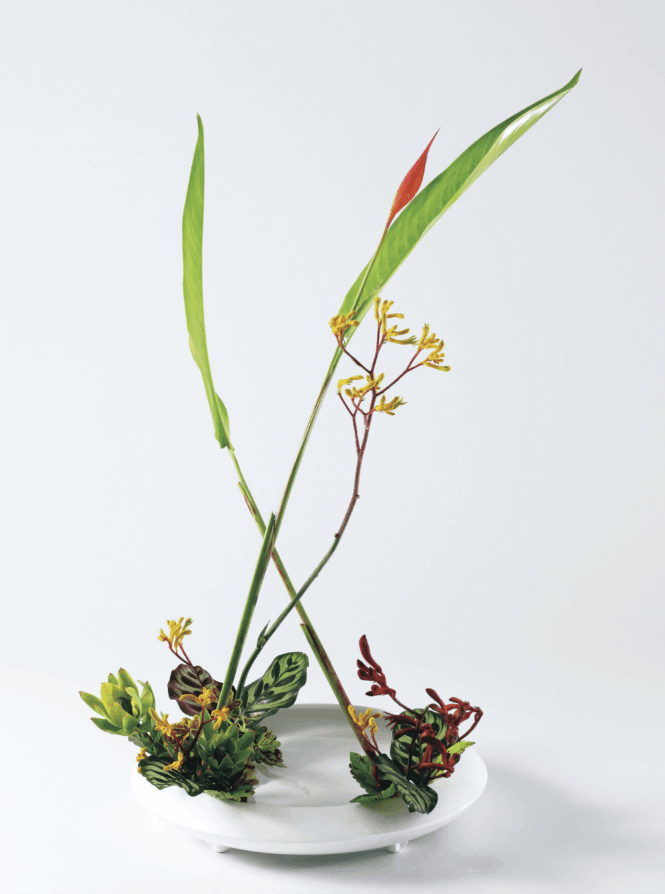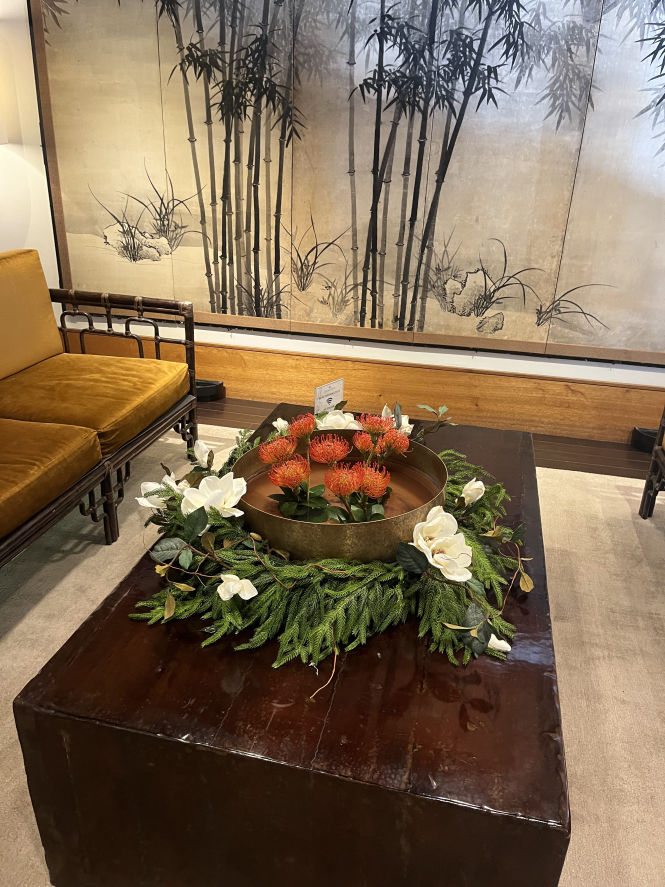
The Ohara School of Ikebana:
A Legacy of Innovation and Tradition
The Ohara School of Ikebana, known for its innovative approach, combines traditional ikebana techniques with modern aesthetics, creating arrangements that reflect the natural beauty of each season. With a focus on balance, color, and form, Ohara Ikebana celebrates 130 years of connecting flowers, space, and the artist’s vision, making it a timeless and inspiring practice for floral enthusiasts.
Founded by Unshin Ohara in 1895, the Ohara School revolutionized the art of Japanese flower arranging. This period coincided with Japan’s embrace of Western culture, and Ohara’s innovations reflected this cultural shift. Central to the school’s identity is the Moribana style, a groundbreaking approach that departed from traditional vertical or standing arrangements. Moribana, meaning "arranging flowers in a shallow container," features flowers "piled up" (moru) in flat, plate-like containers. This style not only preserved the principles of traditional Ikebana but also resonated with the living spaces of the time, making it accessible and widely appreciated.
